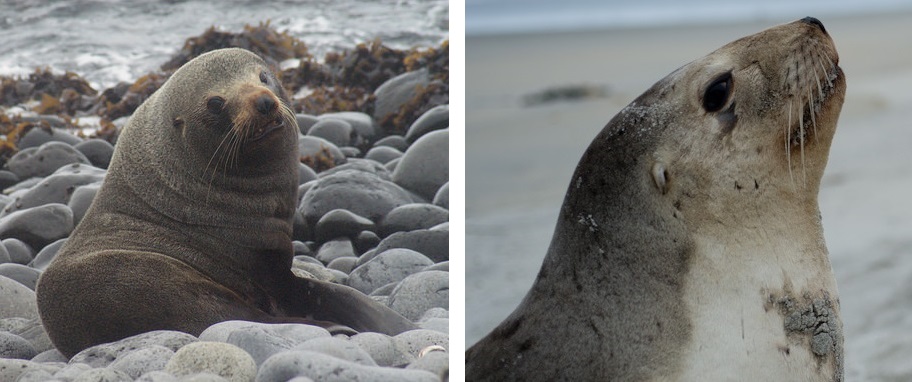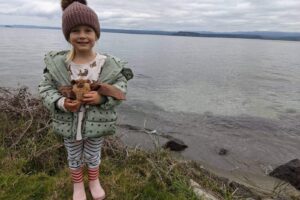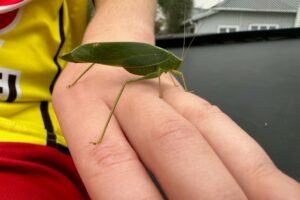New Zealand sea lions are the most threatened sea lion species in the world. Writers Christine Hurst, Heather Haylock, Vanessa Hatley-Owen and illustrator Viv Walker joined up to tell you all about them.
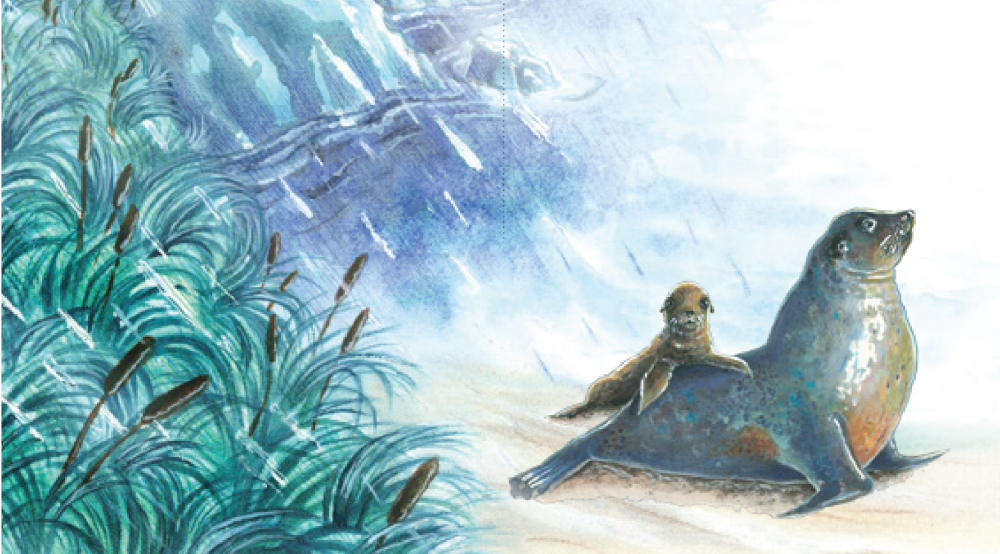
Illustration by Viv Walker
Before humans came to New Zealand, sea lions lived around the whole coast. But Māori and
Europeans hunted them – for meat, oil, and skins – until only a few colonies remained in the south.
Laws were brought in to protect them, but sea lions are still in terrible trouble. During the past 15 years, sea lion pup survival has declined by 50%.
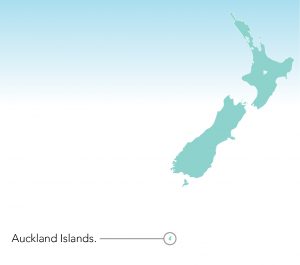
The Auckland Islands.
Where do they live?
Most sea lions feed and breed in the sub-Antarctic. About 80% breed on the Auckland Islands, and almost all the rest on Campbell Island.
New sea lion colonies have started to establish around the Otago coast. So far, they’re small in number, but sea lions born there seem to be heavier and healthier, and begin breeding earlier in life than those around the Auckland Islands.
Triple threat
A big threat to sea lions is getting tangled in fishing trawl nets round the sub-Antarctic islands.
More females are probably killed than males, because they swim far out to the sea to find food for themselves and their pups. When a mother dies, her pup on shore starves, too.
Sea lions also face other threats: sharks eat them, and a mysterious bacterial disease can kill their pups. Scientists are trying to discover more about this.
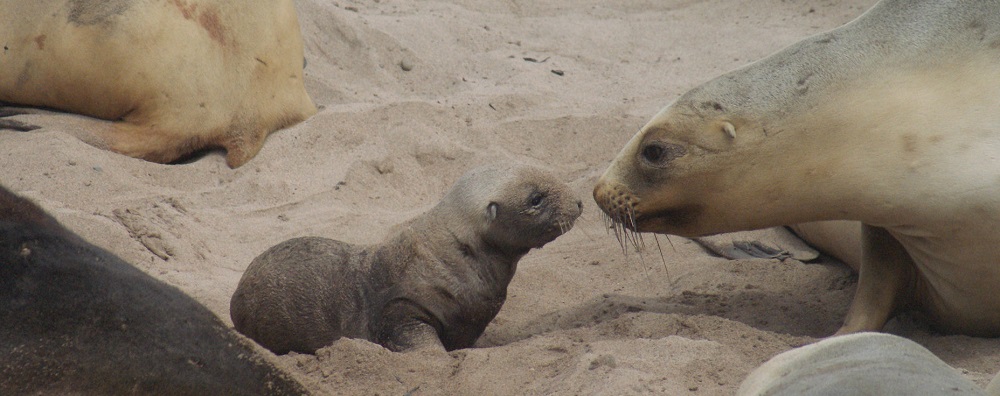
Go Mum!
Dunedin is home to a statue of a sea lion that the locals called ‘Mum’. In 1993, Mum swam 650 kilometres from the Auckland Islands to Dunedin, where she had the first pup born on the mainland in over 150 years. Mum went on to have 11 more pups there, starting a new colony. Most new sea lions born on the Otago peninsula are related to her.
If you see a sea lion…
- Stay at least 20 metres away from active sea lions, and 10 metres away if they’re sleeping.
- Don’t make loud noises.
- Don’t feed them. It’s an offence.
- Back away slowly, rather than running away.
- Don’t make eye contact.
- Keep dogs on a lead.
- If you’re in a vehicle, stay at least 50 metres away.
Don’t approach sea lions, even if you think they need help. Instead, let the Department of Conservation know if they look hurt, or if someone is being inappropriate. Call 0800 DOC HOT (0800 362 468).
Did you know?
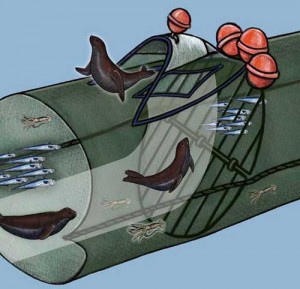
SLED in action!
Female New Zealand sea lions can dive deeper (and longer) than any other sea lion or fur seal species on the planet – up to 700 metres! That’s more than two Sky Towers.
In 2015, at a public swimming pool in Dunedin, a sea lion went through two sets of automatic
doors, a reception area, and a café before slipping into the salt-water pool for a dip. It got bored after people were evacuated from the pool, and made its way back out!
The Department of Conservation (DOC) helps protect sea lions by encouraging commercial fishing boats to use a nifty device called a SLED (Sea Lion Escape Device) in their nets. This lets any sea lions caught in the nets escape.
Sea lion or fur seal?
Fur seals, which are in the same family as sea lions, are more common in New Zealand. Can you tell
which is which?
- Hanging out on a sandy beach? It’s a sea lion. (Seals prefer rocky shores.)
- Small with a pointy nose? It’s a fur seal. (Sea lions are bigger with rounder noses.)
- Unafraid of people? Probably a sea lion. (Seals are scared and usually move away.)
- Mane of hair around the neck and chest? Sea lion!
And watch how they move on land. Sea lions can move their hind flippers and ‘walk’ on all fours. Fur seals can’t; they ‘caterpillar’ along.
Walk like a sea lion
Lie on your stomach, hands in front of you. Keep your elbows at your side and pull yourself along using only your hands and forearms. Keep your knees together and just move your feet. Race a friend!

